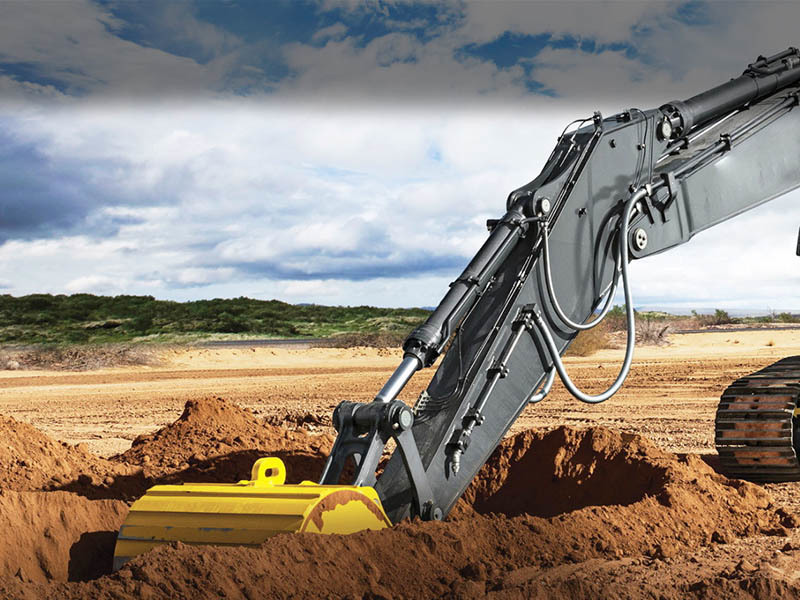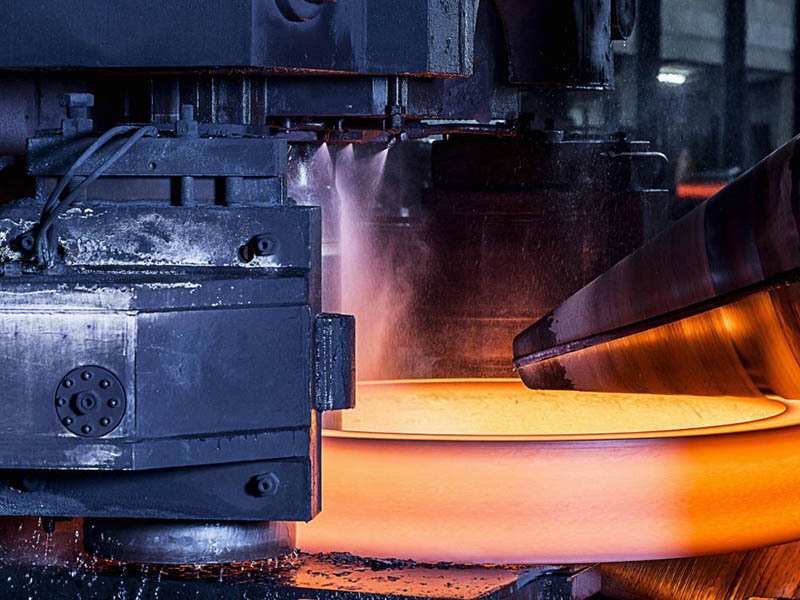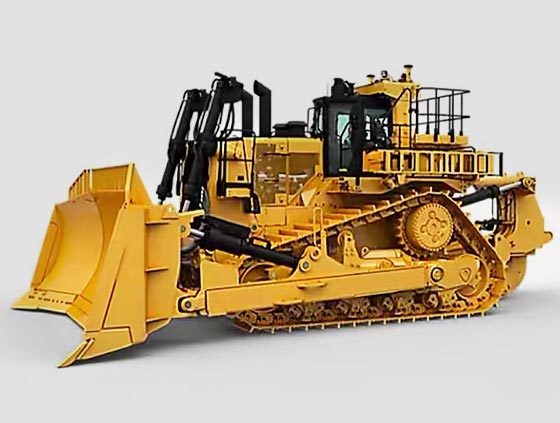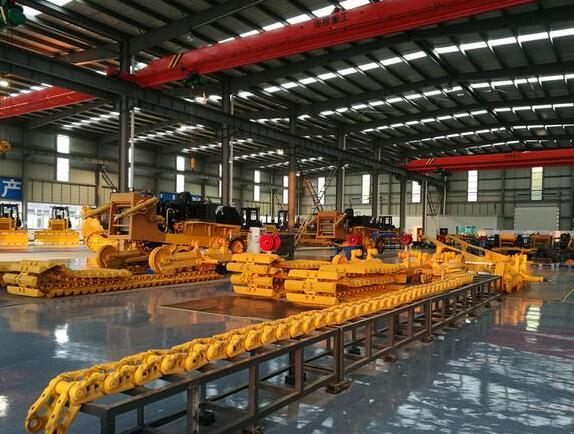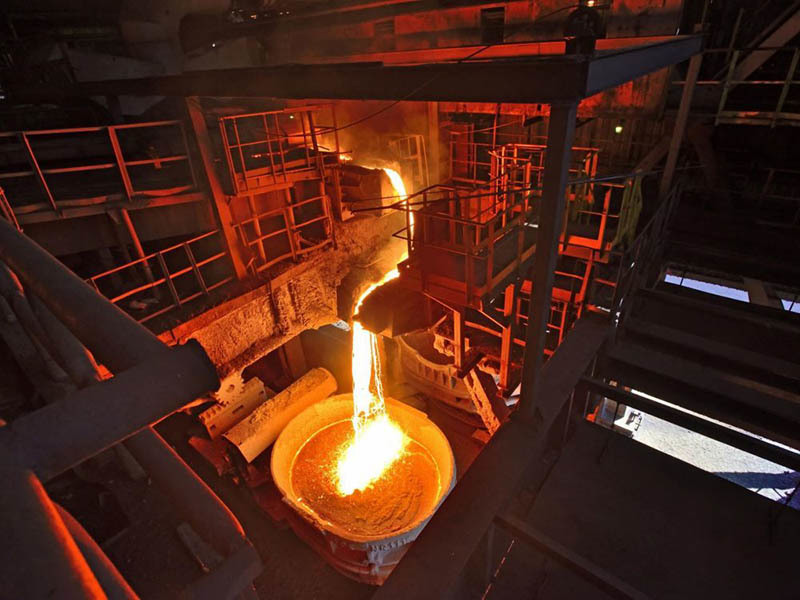Reasonable positions of guide wheel and drive wheel
Release time:
Dec 03,2024
The guide wheel rotates forward, and inside the guide wheel is a toothless universal wheel.
When the excavator climbs the slope and walks, the driving wheel is behind to improve the adhesion of the chain rail to the road surface, minimize the core points of the vehicle body, extend the forearm to the end, and make the bucket teeth perpendicular to the slope to prevent the bucket teeth from piercing into the road surface and stabilizing the equipment when the excavator suddenly descends. When walking downhill, the driving wheels should be in front to tighten the upper chain rail, in order to prevent the vehicle from rolling down under gravity when parking. And reduce the gear ratio, maintain low-speed driving, extend the forearm, maintain a 90 degree angle between the boom and the arm, and keep the distance between the back of the bucket and the ground within 30 centimeters. In case of an accident, immediately lower the bucket.
How should we distinguish between guide wheels and drive wheels? Below, the editor will introduce to you the significant differences between the two, as shown below:
The guide wheel rotates forward, and inside the guide wheel is a toothless universal wheel.
Behind the guide wheel is the driving wheel, which has a semi-circular thick steel plate with a circular outer edge and teeth inside.


